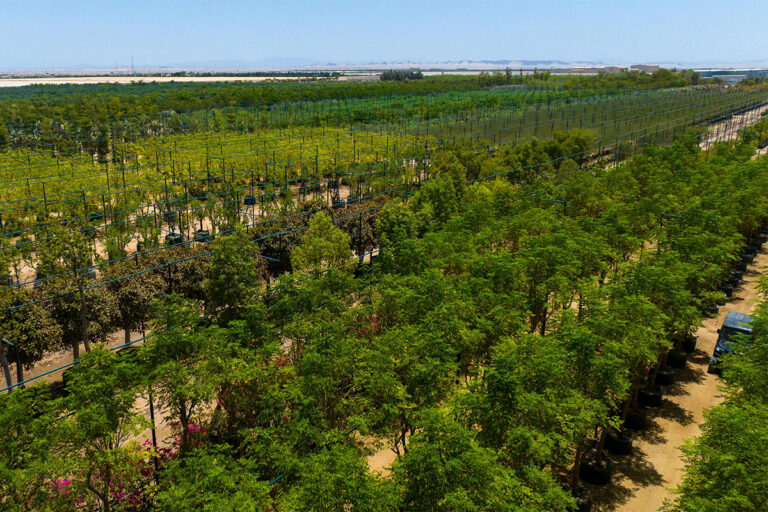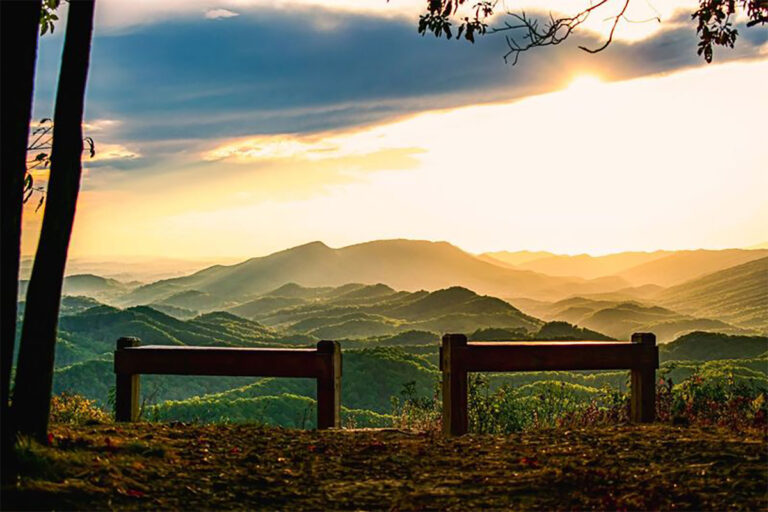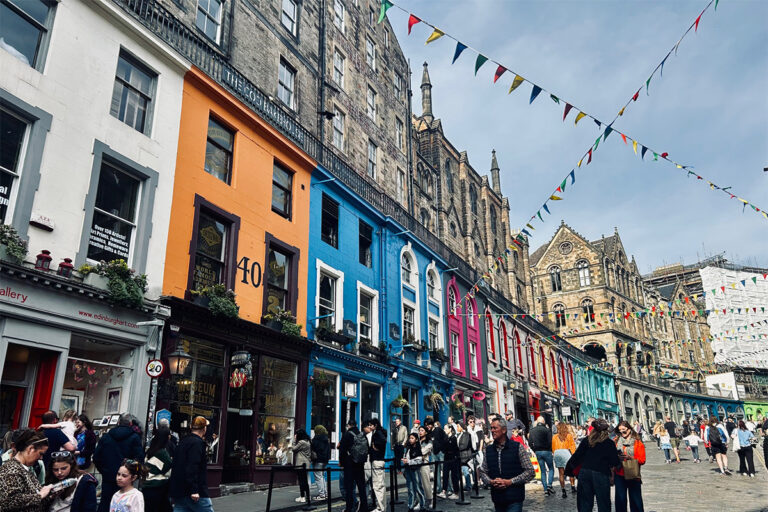São Paulo is home to 20 million fiercely proud paulistanos (as residents are known), all of whom will happily tell you at length to you how they’d never live elsewhere. Spend time with them and the reasons will soon unfold. Buzz speaks with former Tourism Minister of Brazil and the current Secretary of Tourism for the State of Sao Paulo about the enormous size, cultural wealth and potential of this emblematic State.
Q&A with Vinicius Lummertz – Secretary of Tourism State of São Paulo, Brazil
You launched earlier this year Brasil – Potência Mundial do Turismo (Brazil, Tourism World Power). What is the message of your book?
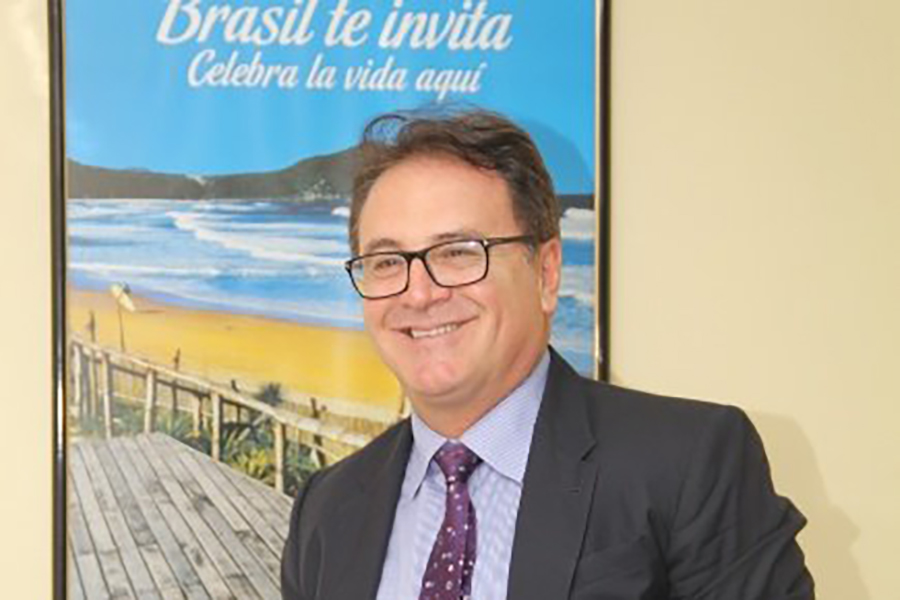
Brazil has a tremendous tourism potential, the biggest in the world, with a diverse culture and many untapped resources. This potential is comparable to the potential of our agribusiness sector, which is also huge due to the sheer size of Brazil.
We need to develop a sustainable tourism industry, since 66% of our country is rainforest. And the same applies to the state of São Paulo, home of São Paulo City, one of the largest cities in the world and the heart of Brazil’s economic activity representing a third of the country’s GDP and 30% of its green space.
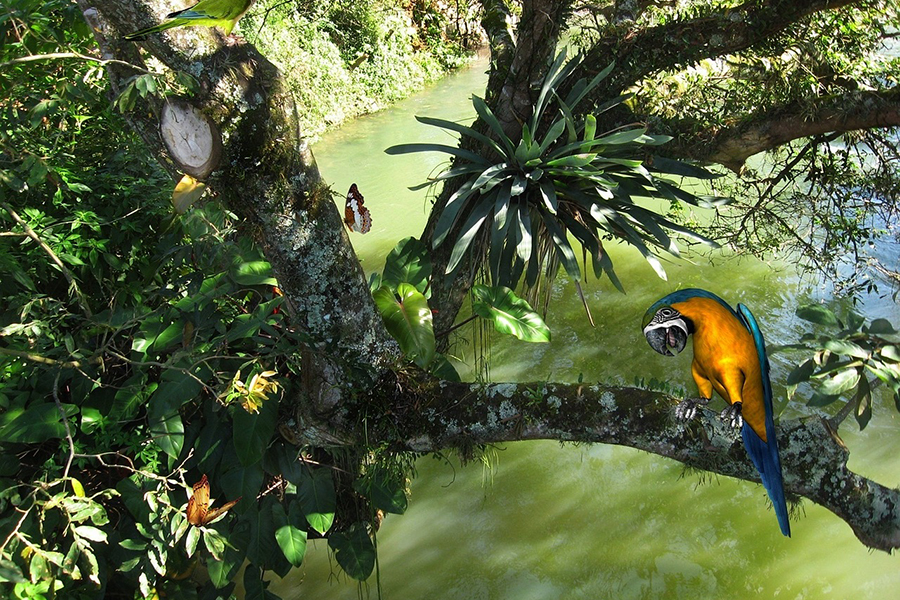
Only 6.6 million tourists come to Brazil each year spending $7 billion while Brazilians spend much more abroad, our tourism deficit is about $13 billion yearly. What hinders this potential is the lack of maturity and excessive bureaucracy. But measures have been taken to improve the situation: e-visa agreements, a provisional law to increase the capital of our national airlines, the internationalization of not only the country, but the state of São Paulo, etc. It is also our aim to develop a more open and liberal economy that is friendlier to investors and visitors alike.
What social and economic role can tourism play?
After the World Cup and the Olympics people became more conscious of the role tourism can play in generating income and jobs for the economy. People are now understanding the importance of investing in tourism and the long-term value that it adds.

We are an export-led economy and the pervading culture was that industry generates jobs, so we always saw the benefits of having industrial zones and investing in infrastructure to support manufacturing. Unfortunately, the same approach was not used in the development of the tourism sector. But we are now entering a new era in Brazil’s tourism industry and there is a growing awareness of the role tourism can play as we develop the service culture.
“No other city in the Southern Hemisphere is as welcoming as São Paulo is to people with dreams and ambitions. My job is to catalyze that culture, to open Sao Paolo even more. ”
Vinicius Lummertz, Secretary of Tourism State of São Paulo, Brazil
Has that consciousness of tourism potential reached São Paulo?
São Paulo, the most visited city in Brazil, is a city worth exploring. It’s a melting pot of cultures, a modern city with a thriving financial sector, modern IT services, an excellent gastronomy scene, arts and culture. But we haven’t packaged ourselves well and shown the world what we have to offer, so our main project is to transform São Paulo into a tourism hub.
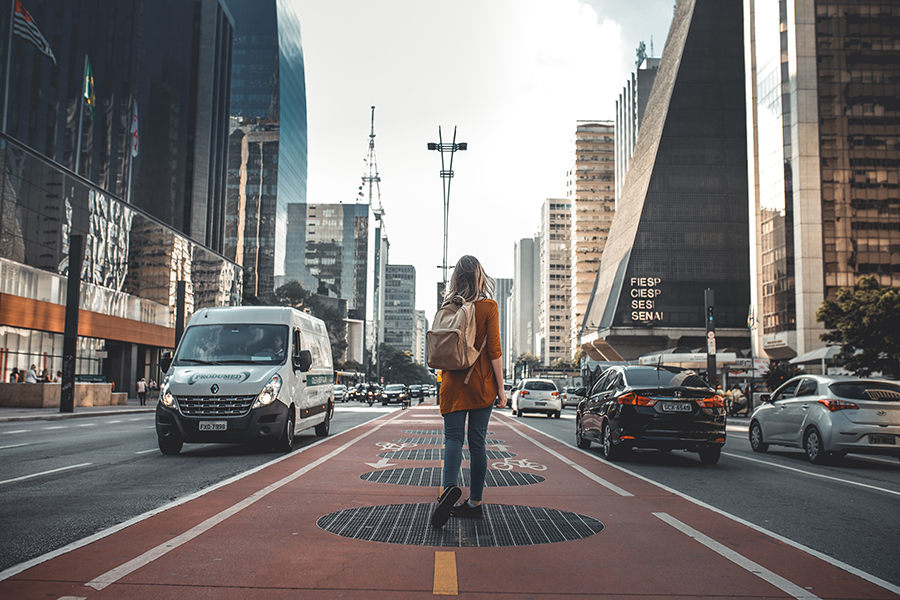
More events and exposure will help the world see São Paulo not just as a gateway to Brazil, but a gateway to Latin America. We are encouraging people to stay longer in the city to give them the chance to really ‘taste it’.
What are you doing to develop this potential?
50 million people live in the state of São Paulo and another 50 million come to the city every year so there is a lot of potential. We have a two-pronged strategy, firstly to attract visitors, and secondly to attract investment by introducing reforms to facilitate that. For example, we reduced taxes on imports for theme parks.
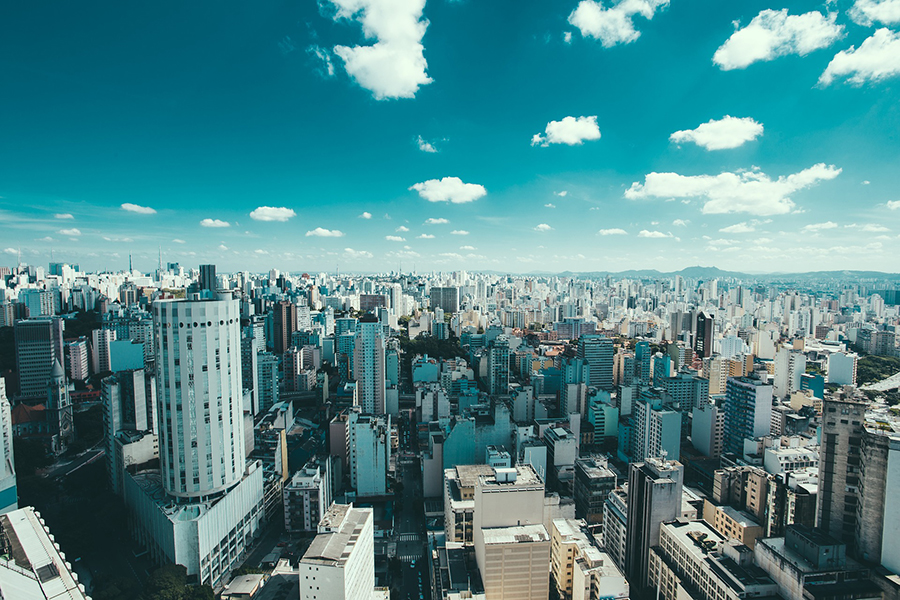
Our policy is that the municipalities invest in infrastructure while we encourage private investment through the development of new credit lines. Our job is to improve the conditions so that investments land in Brazil. We also have projects to privatize airports in Brazil and the national parks in our state.
Is São Paulo ready to receive the tourists?
We already have most of the major hotel brands in São Paulo, the Four Seasons and the Shangri La are the most recent arrivals. All the top hotels want to help share the image of the city as being an exciting and lively place to visit.
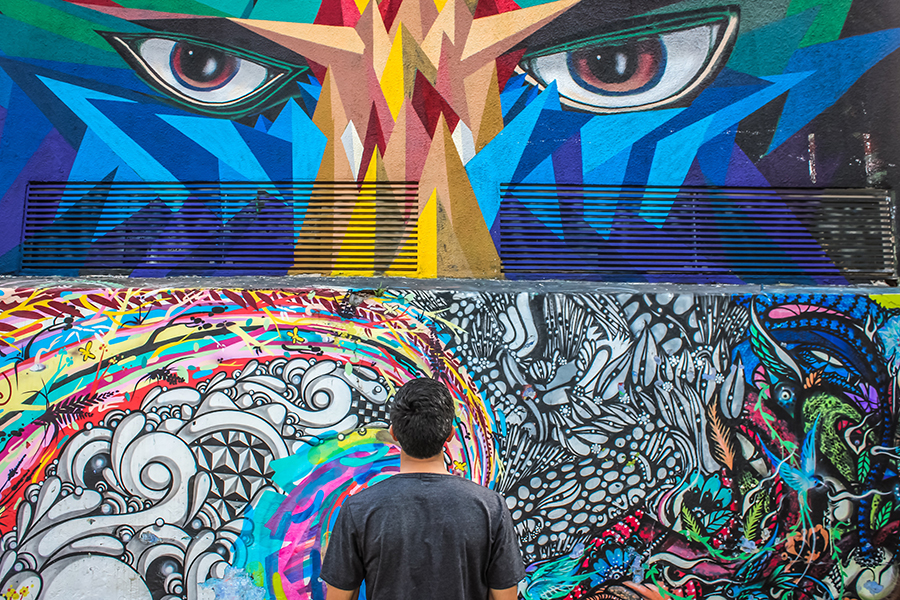
We have a gastronomy culture next to none with over 300,000 Japanese restaurants in the city, and that’s just one of over 80 different cuisines on offer.
São Paulo has a lot to reveal to the world: its gastronomy culture, art, history, music, and dance!
How are you going to brand the state and city of São Paulo?
We are known around the world for our business and industry and that is a positive legacy that we can build upon. The closest parallel I can draw between the city of São Paulo would be with New York City in terms of its diversity and vitality.

When you look at the state, you can compare us to California with its coastlines and surfing, forests and nature. We have the Atlantic Forest that is such a beautiful resource that nobody knows anything about. The brand of California contains LA and San Francisco, complementing all and benefiting the whole. São Paulo has the capacity to follow in those branding footsteps. The state is a destination and a market in itself; we just need to package it better.
A final message to our readers?
No other city in the Southern Hemisphere is as welcoming as São Paulo is to people with dreams and ambitions. My job is to catalyze that culture, to open Sao Paolo even more.
When people travel, they like to be entertained, and São Paulo is a city with the power to surprise and to exceed expectations![]()






